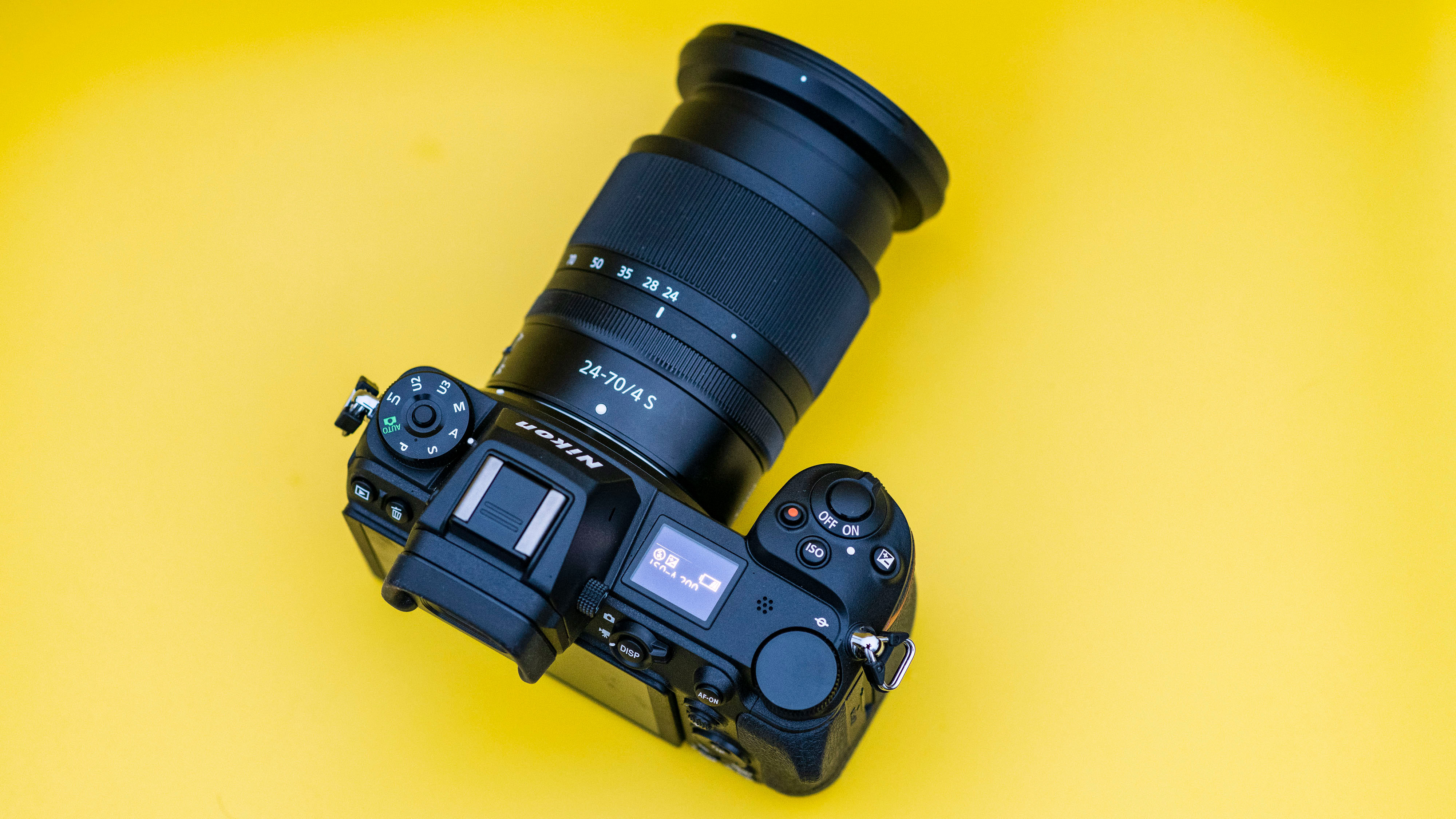For the best telephoto shots, pick a phone with the chunkiest camera bump
When it comes to telephoto quality on your phone, it turns out that size does matter
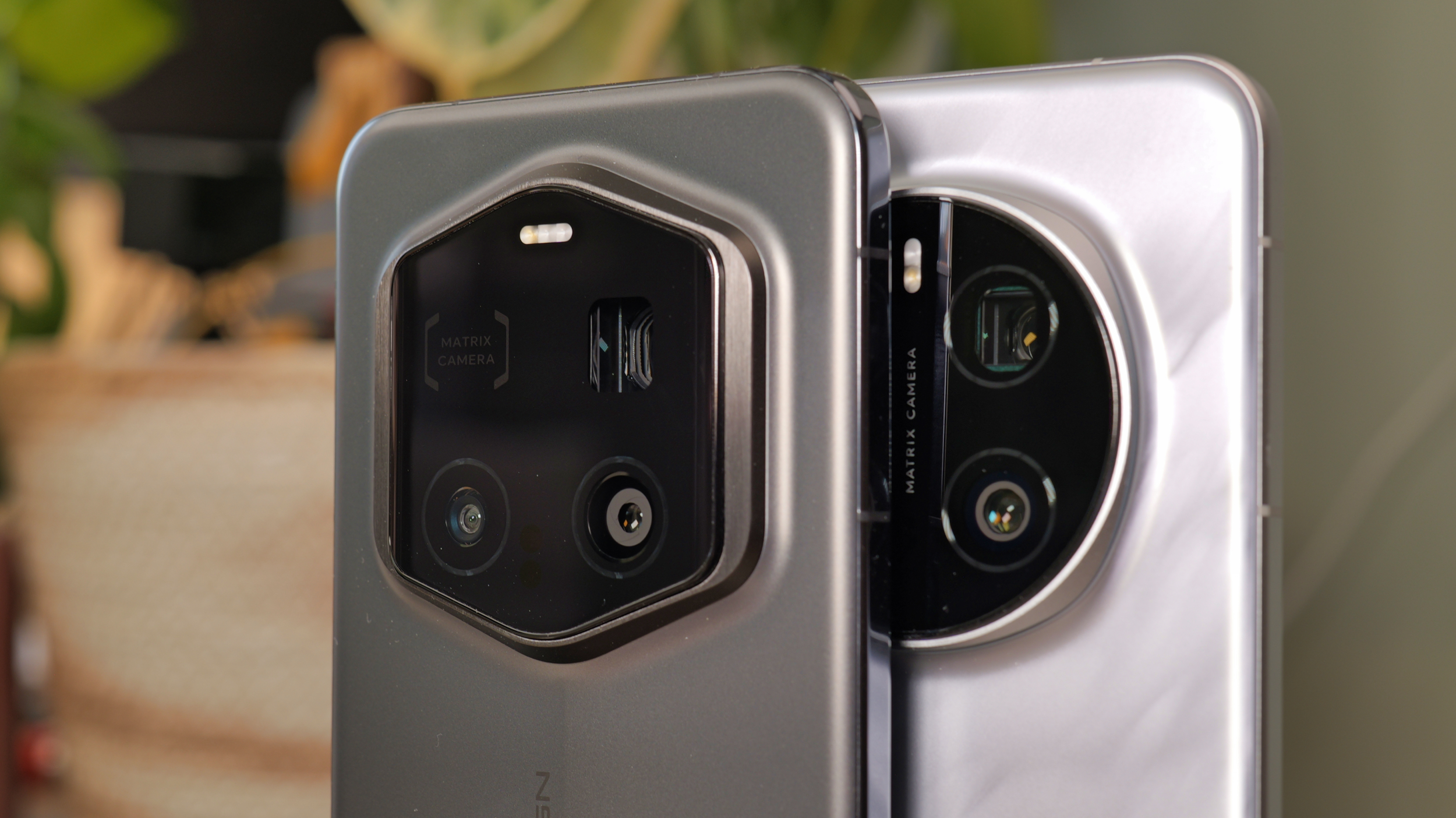
I recently tested the Honor Magic 7 Pro, and then I followed it up with the Magic 7 RSR. For the most part, they're essentially the same phone; the RSR just has a Porsche Design makeover and a slight spec bump. However, it didn't take me long to notice that something interesting was going on with the telephoto cameras.
Both use the same sensor, and they both have the same focal length, but the RSR has a much larger lens opening, as well as a more substantial camera bump. Not only that, but the results are more different than the spec sheet might lead you to expect. So what exactly is going on here?
Why we need periscope telephotos
For starters, it's worth mentioning what is a periscope lens, and why we're using them in the first place. It's a really clever bit of engineering that solves a fundamental issue with the smartphone form factor.
Smartphone cameras work in the same way as mirrorless cameras, just on a miniature scale. If you buy a 300mm telephoto lens for your mirrorless body, you'd expect it to be much larger than, say, a 35mm prime. That's because there needs to be physical space between the sensor and the lens to achieve that level of magnification.
Smartphone cameras work in the same way, but obviously you can't just whack a honking great telephoto lens on there, as it will no longer fit in your pocket. That's where periscope lenses come in.
How do they work?
Most periscope cameras position the sensor at a 90° angle to the lens opening, then they use a prism to redirect the light into the sensor – a bit like a DSLR viewfinder. This enables the lens to be much longer, as it can run inside the phone's body, and it'll only be as thick as the sensor is wide.
However, with smartphone camera sensors growing ever larger, even the size of the sensor becomes a limiting factor. That's particularly true for phones like the Honor Magic 7 Pro, Xiaomi 15 Ultra and Vivo X200 Pro, which all use a massive 1/1.4-inch 200MP sensor on their telephoto cameras.
Get the Digital Camera World Newsletter
The best camera deals, reviews, product advice, and unmissable photography news, direct to your inbox!
Personally, I'm more than happy to have bulky phone in my pocket if it means my photos look amazing; it's still better than lugging around my full-frame camera. But of course, there's a limit – and to appeal to the masses, camera bumps that measure over a centimeter thick are probably not the way to go.
That's why smartphone manufacturers are increasingly adopting triple-reflecting designs (also known as tetraprism or W-style prism). It's how the Magic 7 Pro manages to keep its camera bump so slim, and the most famous version is probably the 5x telephoto on the iPhone 16 Pro.
These periscopes place the sensor facing the opposite direction to the lens opening, and use prisms to reflect the light in a W-shape. It's another ingenious solution, and it means the sensor can be much larger without adding any thickness to the phone. However, this design also has its shortcomings.
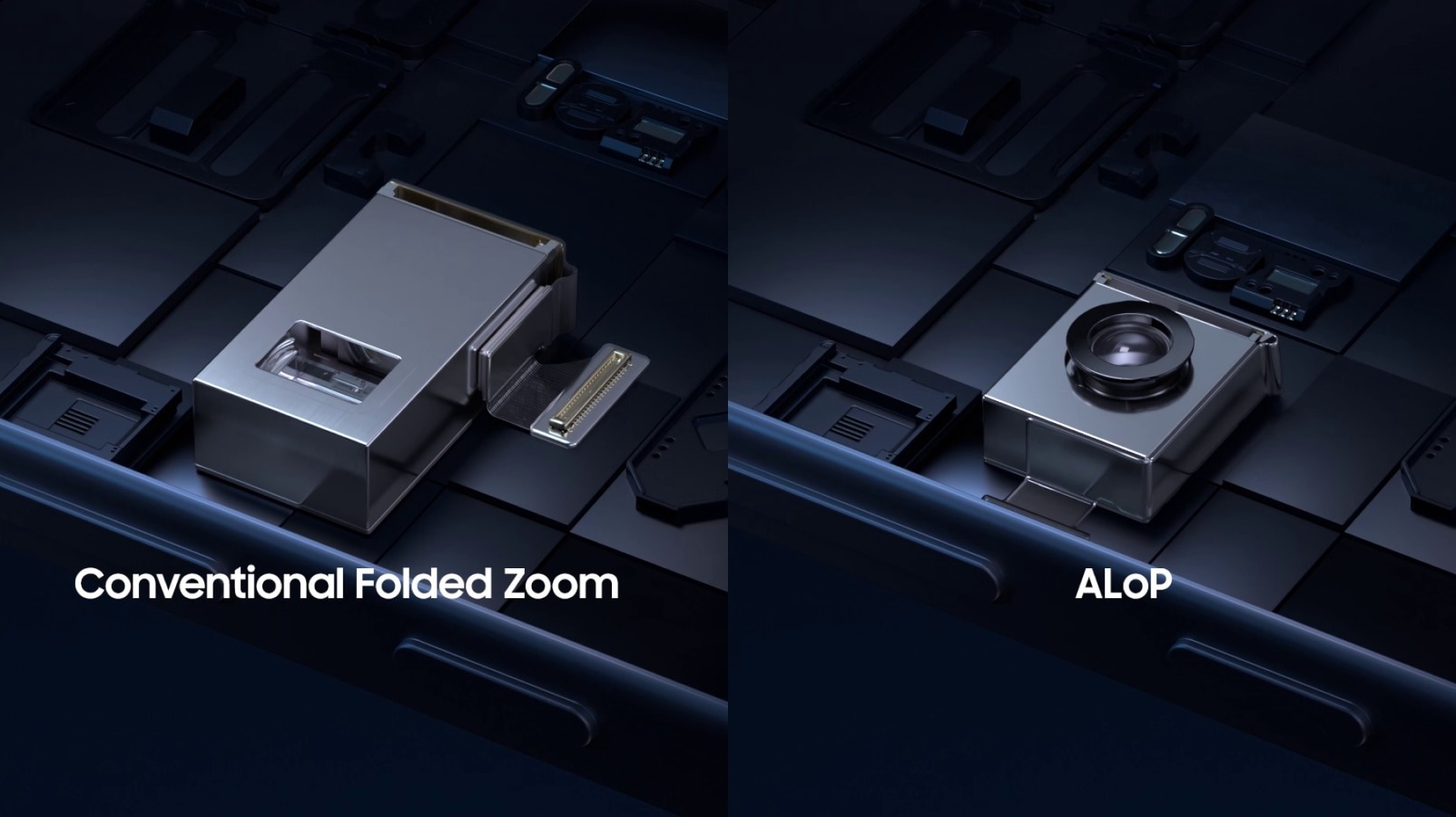
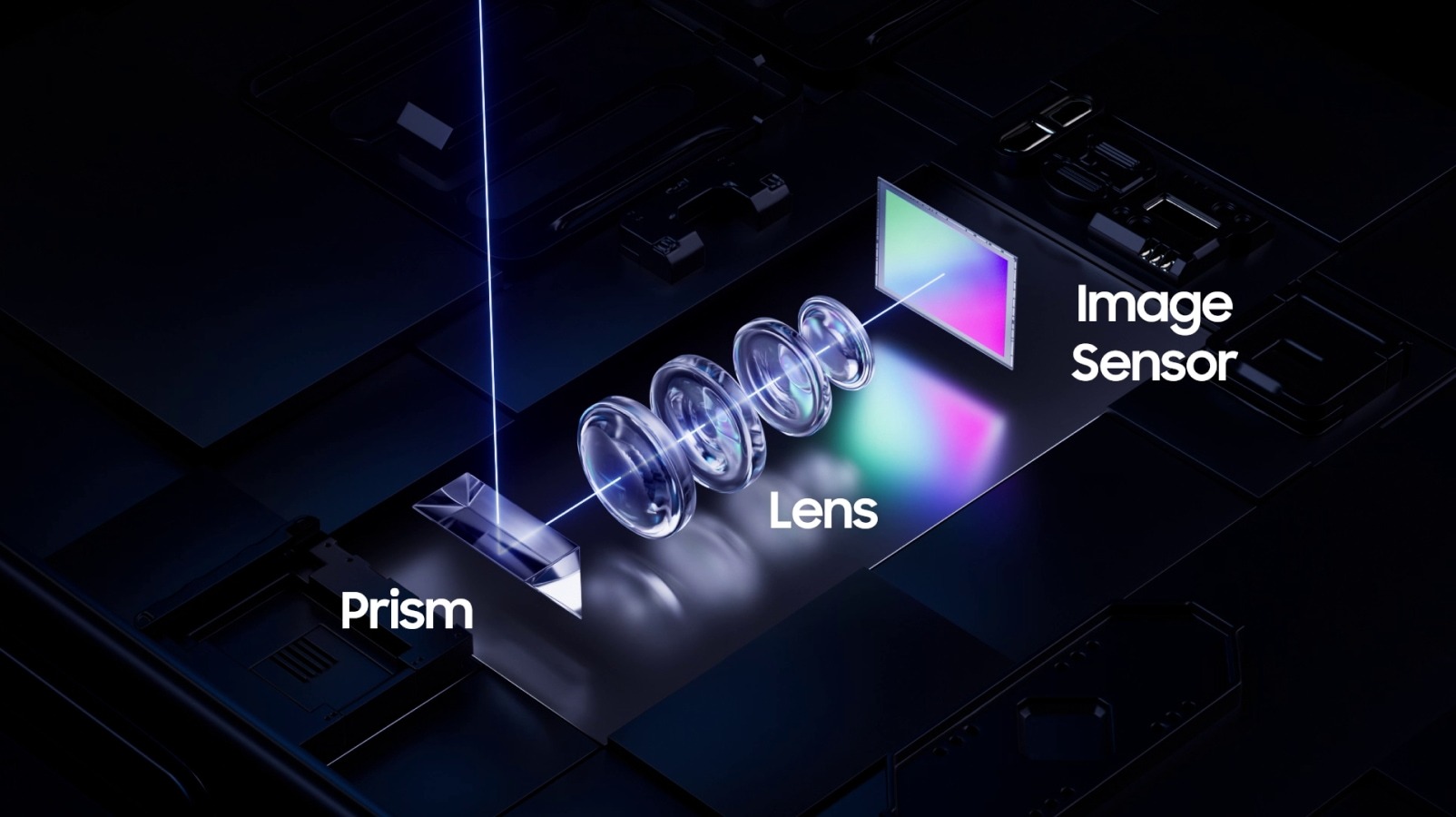
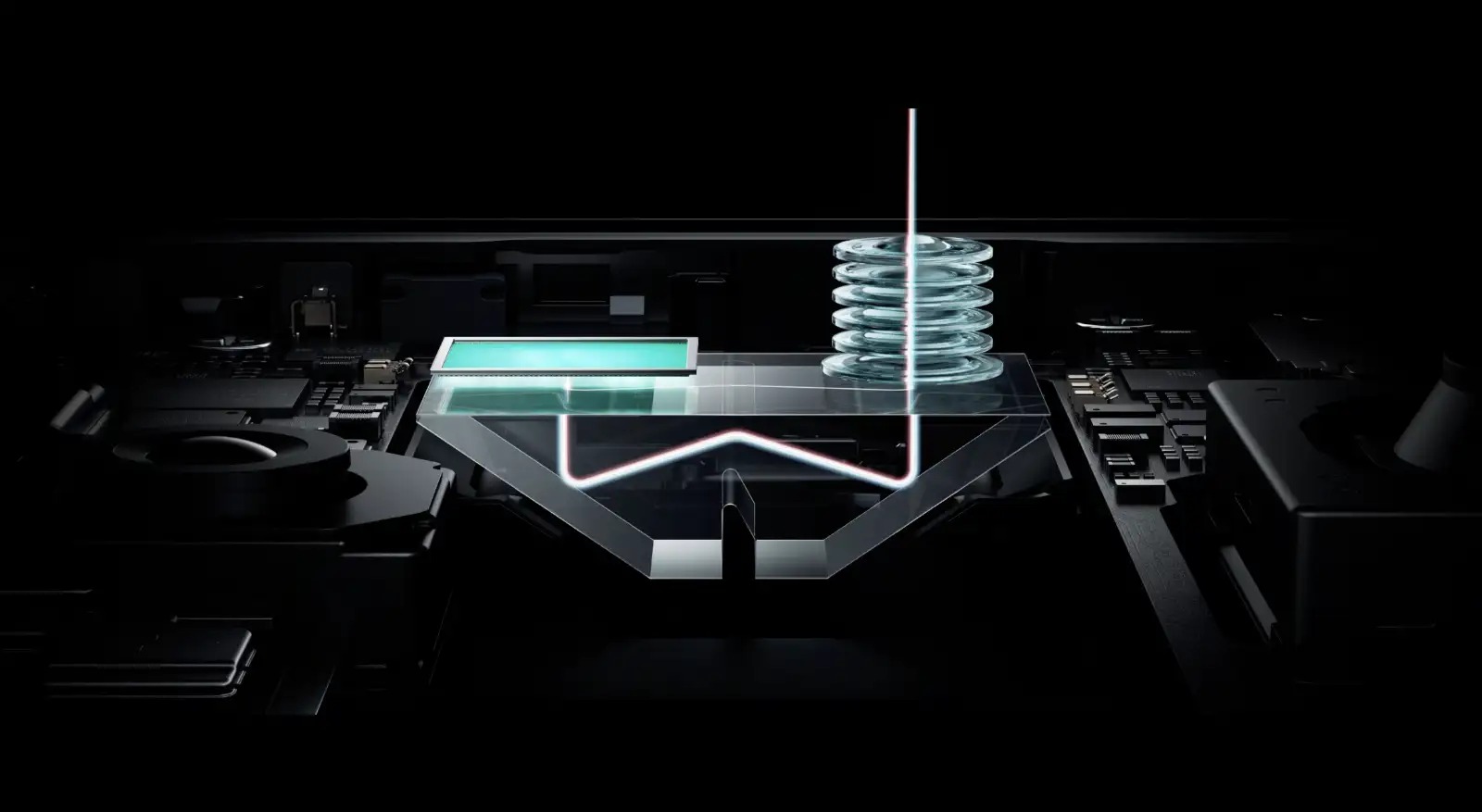
Sometimes bigger is better
The biggest issue with these W-prism lenses is that the minimum focus distance is increased, sometimes quite dramatically. The most obvious example is with Apple; the iPhone 14 Pro Max had a 3x single-reflecting periscope, while the 15 Pro Max got a 5x triple-reflecting periscope (still used on the 16 Pro-series).
With the change, you now need to be at least 1.2 meters away from your subject to acquire focus, whereas iPhones with the 3x telephoto could get much closer.
The same is true with the Honor Magic 7 Pro and Magic 7 RSR. It's not as dramatic, but the RSR is noticeably better for macro photography – and that's one of my favorite ways to use smartphone telephotos, as it creates smooth bokeh and compression that looks like it comes from a much bigger camera.
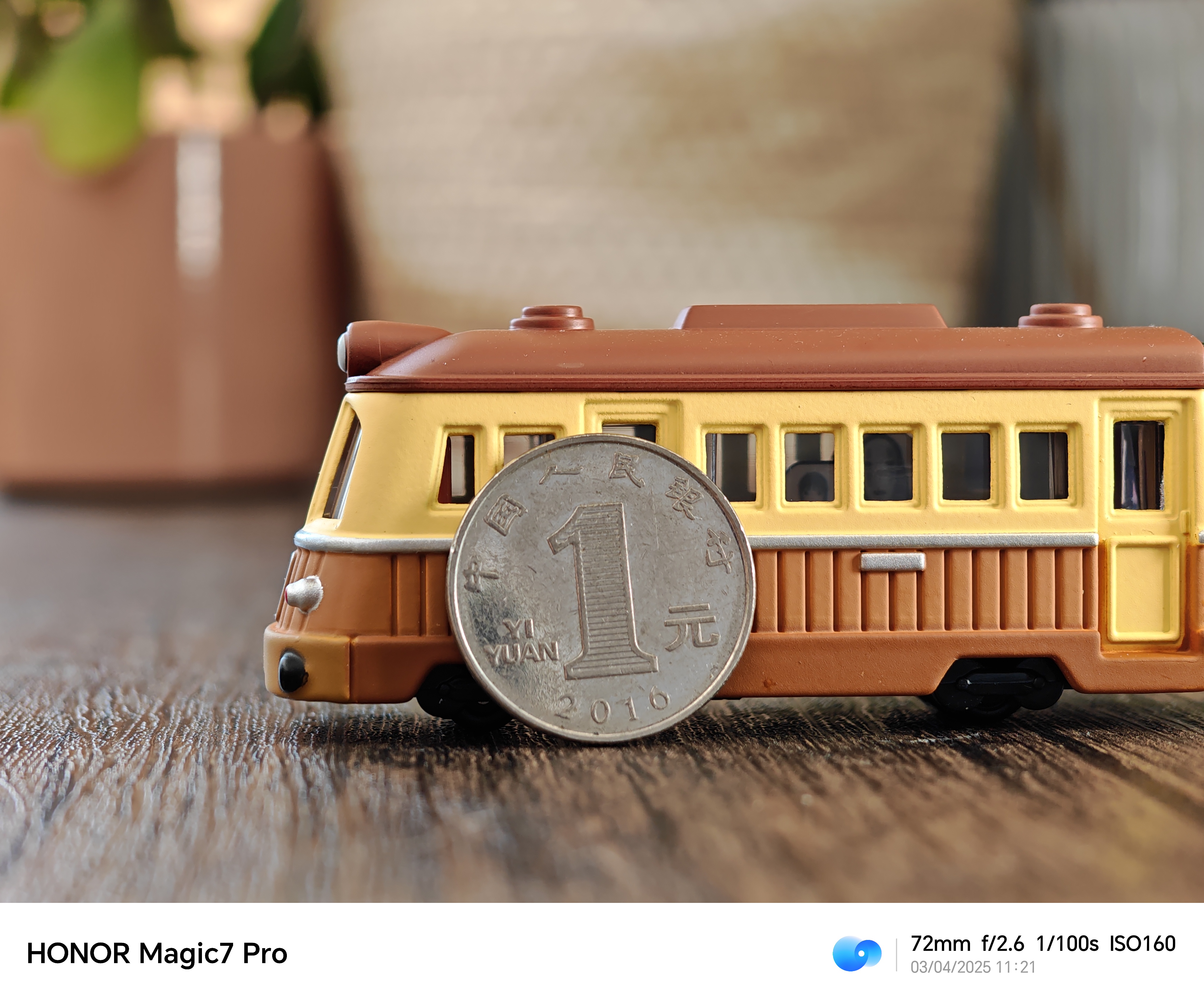
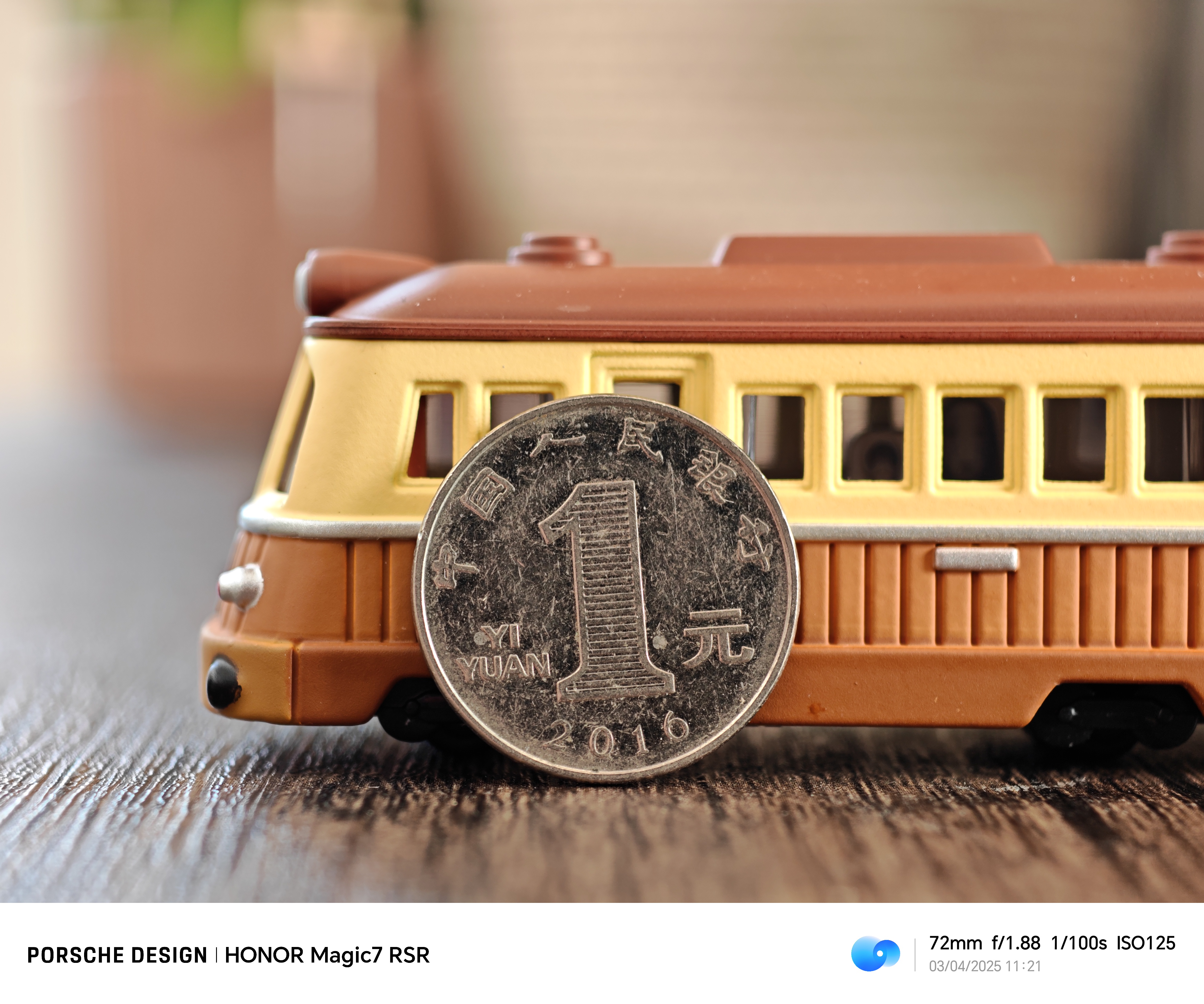

The reason for this is a little complicated but, as far as I understand it, the complex light path of the W-style prisms means you need more movement in the lens groups to compensate, and there simply isn't room. Traditional periscopes with only one reflection have more room to actuate the lenses, and therefore can focus much closer.
In theory these additional reflections could reduce sharpness and clarity in your images, too. However, smartphone image processing is so good that I can't say I've noticed much of a difference myself.
What's next?
As it stands, I'll take a bulky camera unit over a slim phone with stifled telemacro capabilities any day of the week. That said, I'm very aware that we're reaching the boundaries of what people are willing to carry in their pockets. I'm using the Vivo X200 Pro as my daily driver; it's a chunky beast, and it has elicited a "what on earth is that!?" response more than a few times.
If sensor sizes are going to keep getting bigger (and I hope they do) then single-reflecting periscopes will no longer be viable. So does that mean we'll need to ditch macro-focusing capabilities? Maybe not.
Samsung is working on something called ALoP, which stands for All Lenses on Prism. It's not something that's available just yet, but a prototype was showcased at CES 2025, and it could be the innovation smartphone manufacturers have been waiting for.
This tech places the optics on the prism itself, with a 40° tilted reflecting surface and a 10° tilt on the sensor. Rather than shifting the optics horizontally, the lens moves side-to-side along the prism to adjust focus. This means it can achieve macro focus, as well as employ larger apertures, while being much smaller than conventional designs.
I can't wait to see what they bring to the table, but until then, if you want the best telephoto performance, chunky smartphones are the way to go.
You might also like...
If you want to take great photos with your phone, then check out your guide to the best camera phones you can buy right now. The telephoto zoom in your camera not doing it for you? Then check out our guide to the best bridge cameras – massive telephoto range with an even bigger sensor.

Luke is a freelance tech journalist who has been working in consumer electronics for over a decade. His specialties include cameras, drones, computing, VR, and smartphones. Previously Features Editor at Pocket-lint, Luke can now be found contributing reviews and features to a variety of tech publications, as well as running a YouTube channel called Neon Airship in his spare time.
You must confirm your public display name before commenting
Please logout and then login again, you will then be prompted to enter your display name.
